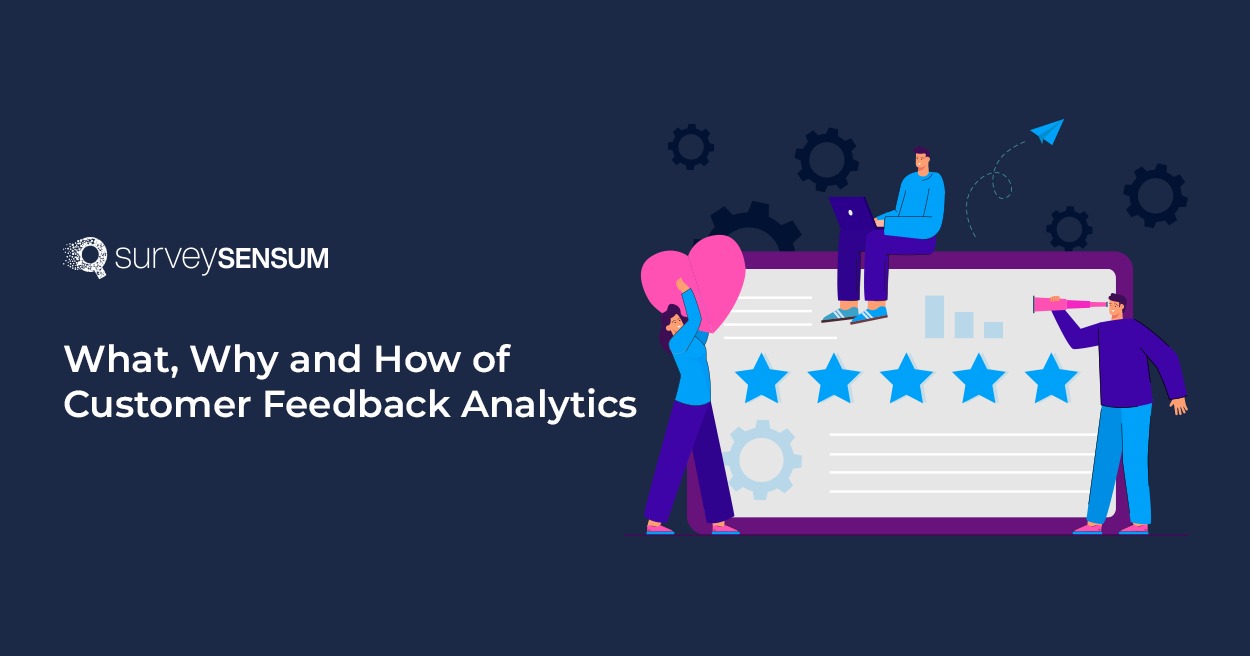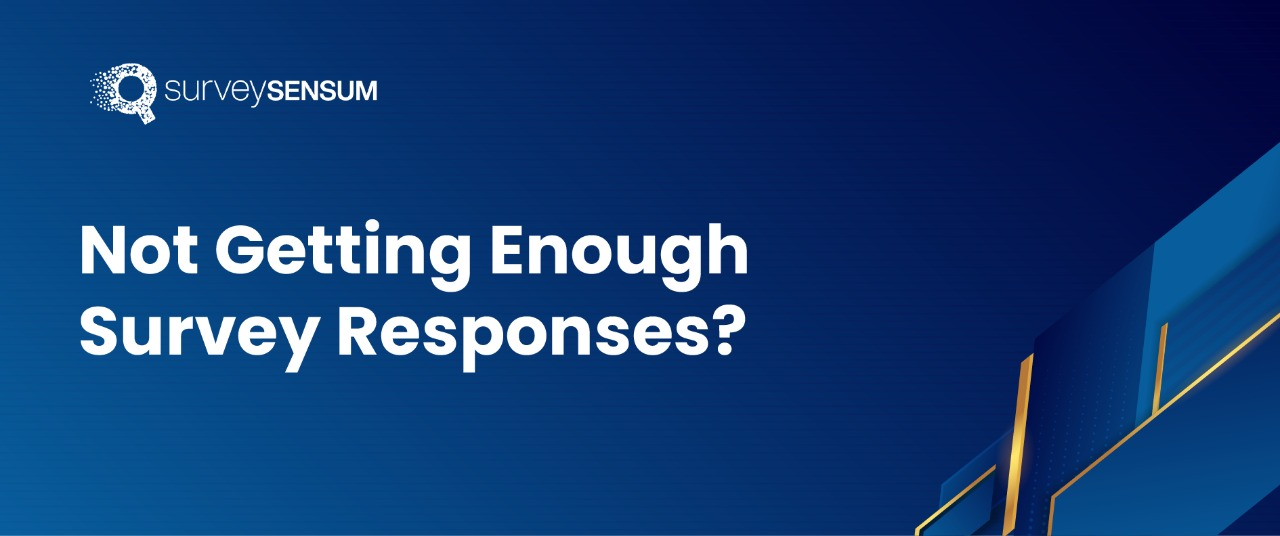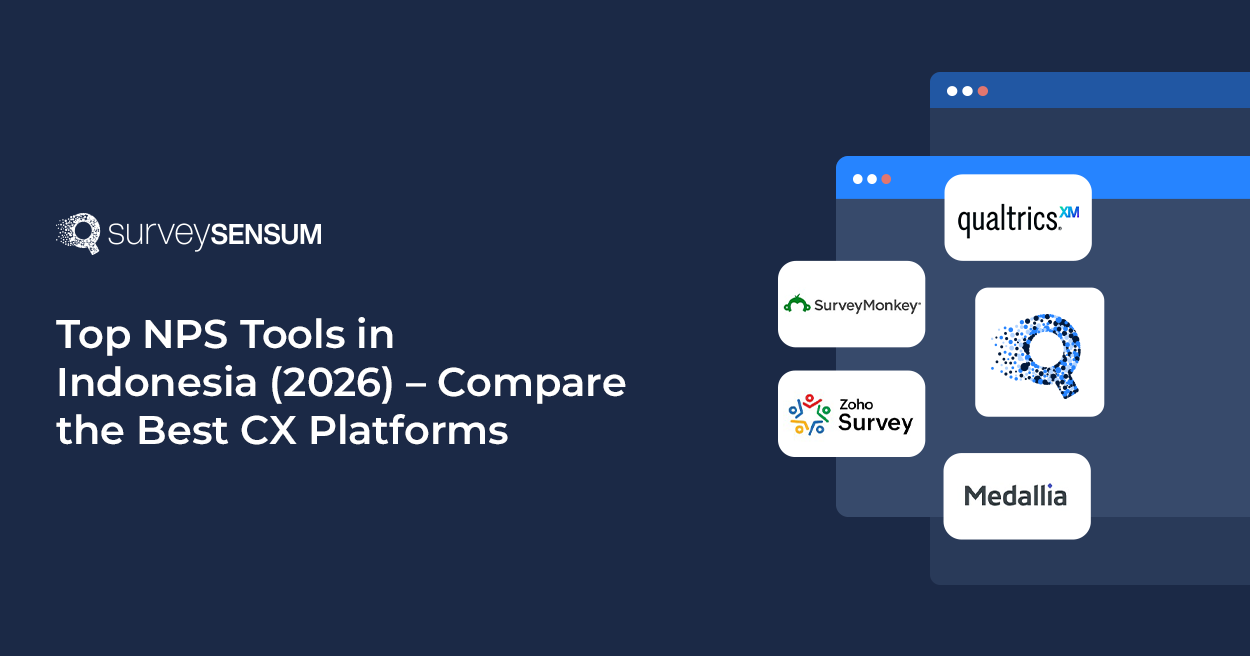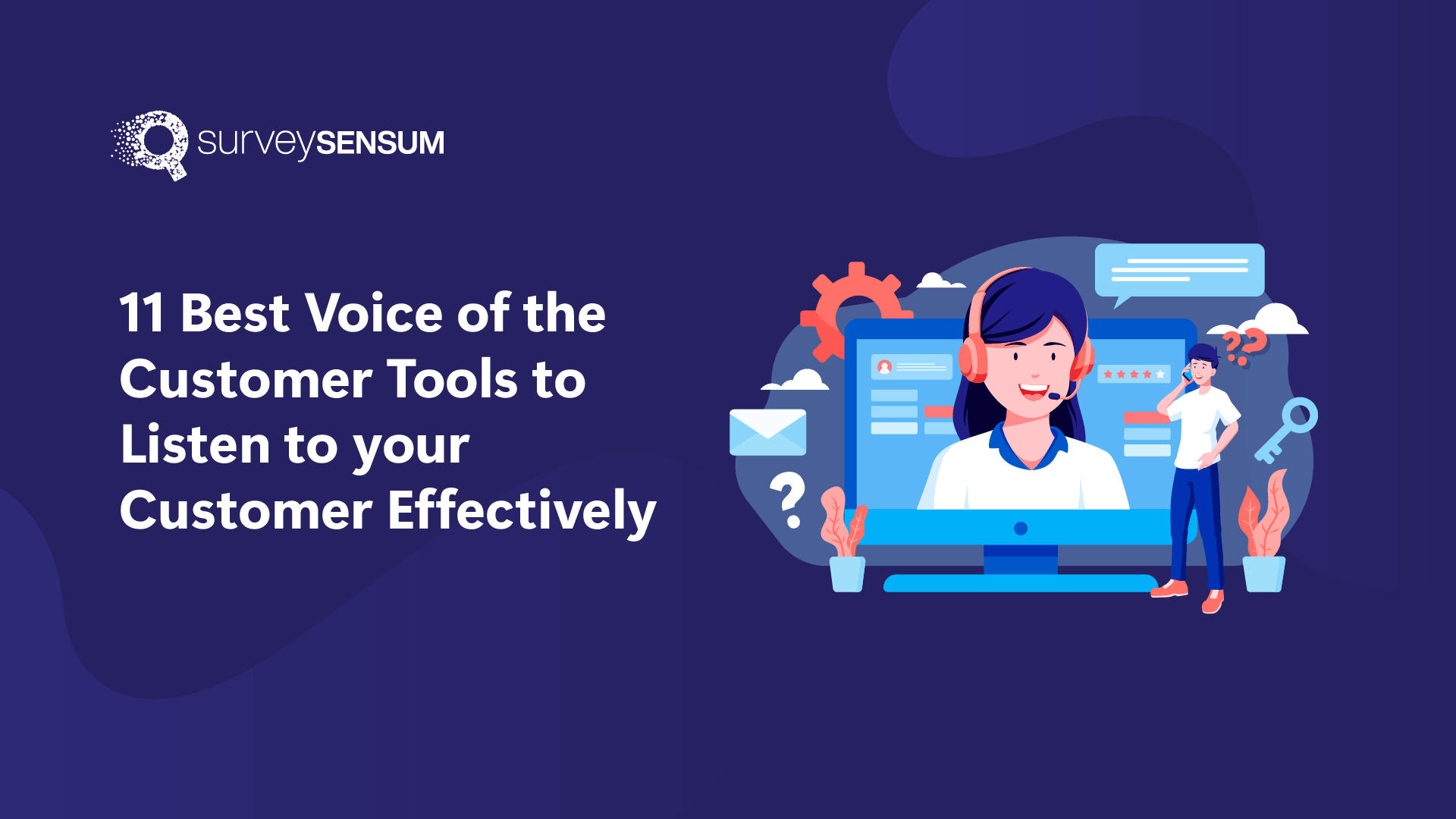

73% of consumers across the globe expect companies to understand their unique expectations and needs — Customer Feedback Analytics is the key to it!
By closely analyzing customer feedback – be it through surveys, reviews, or social media comments – companies can gain deep insights into how customers feel about their products or services.
This is where customer feedback analytics solutions come in. It helps you decode the true potential of customer data and open up new growth avenues. By leveraging customer feedback analytics solutions, businesses can gain insights to drive customer satisfaction and loyalty to identify areas where the team falls short.
Before getting into the why and how, let’s first understand what customer feedback analytics is
What is Customer Feedback Analytics?
Customer feedback analytics is the process of gathering, analyzing, and interpreting customer feedback. This includes survey responses, customer reviews, social media mentions, and other similar feedback channels.
With customer feedback analytics software, companies can turn raw data into useful information, which allows them to measure customer satisfaction levels, spot areas for improvement, and forecast future trends.
In other words, customer feedback analytics helps in turning customer feedback into actionable strategies. It plays a critical role in making sense of the vast amount of data collected from customer interactions, helping you to identify patterns, understand customer sentiments and uncover areas for improvement.
Importance of Customer Feedback Analytics
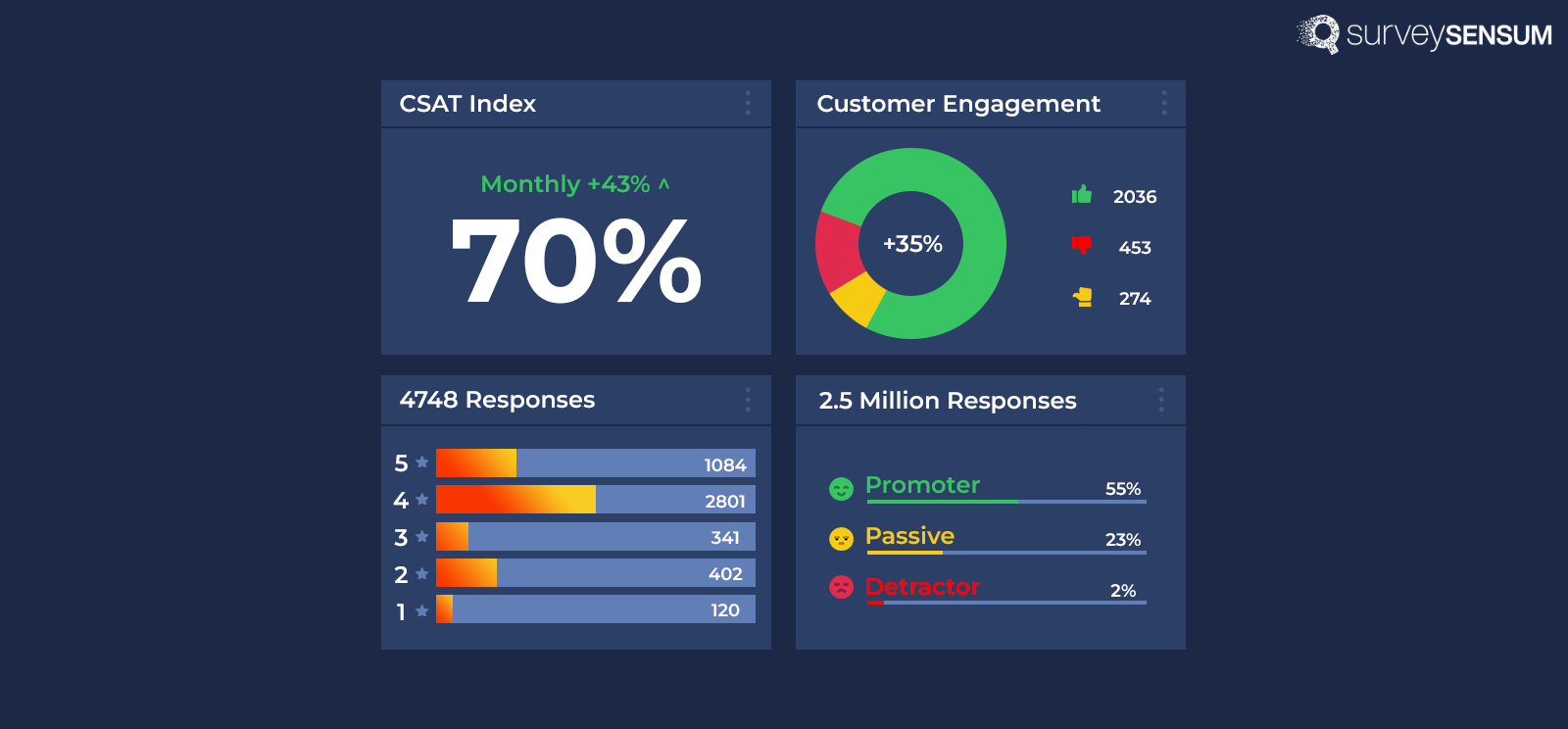
As the famous saying goes, you can’t improve what you don’t measure – customer feedback analytics helps you measure the right aspects of customer experience. It helps you identify customer pain points, preferences and improvement opportunities, helping businesses make data-driven decisions. Here is why customer feedback analytics is very important for a business:
1. Improves Customer Experience
By studying feedback, companies can spot areas of concern and improve customer service. Knowing what makes customers satisfied or unhappy can help tailor their services to meet their needs. Research from Harvard Business Review shows that businesses that invest in customer experiences see higher growth due to better retention of customers and referrals from word of mouth. Sample this: The HBR research further states that the Net Promoter System that helps measure customer experience is used by two-thirds of Fortune 1000 companies. No matter the industry ecommerce, fintech, or even niche markets like platforms that help users sell gold coins understanding customer pain points and gathering feedback is essential.
For instance, Amazon constantly analyzes customer reviews to improve its general shopping experience. If several customers have complaints about the packaging or the quality of the product, Amazon works with its sellers to address the problems. This helps improve descriptions, pictures, product quality and customer experience as a whole.
2. Boosts Customer Retention
Satisfied customers are more likely to become loyal customers in the long run. And customer feedback analytics help you understand and increase their satisfaction levels, leading to higher customer retention and lower churn rates – which directly improves your revenue! According to a Bain & Co. report, increasing customer retention by 5% can result in an improvement of over 25% in profit.
For instance, Dropbox utilizes customer feedback to discover the reasons why users decide to cancel or reduce their plans. After discovering that a lot of users were overwhelmed by specific aspects, Dropbox refined its onboarding process and made it easier for users to navigate. By analyzing customer feedback properly, the company was not only able to decrease the number of customers who leave, but also increase retention and improve overall satisfaction.
3. Promotes data-driven decisions
Instead of making random decisions, companies can leverage customer feedback to guide their strategies. This not only reduces the risk of making poor choices but also results in more efficient and precise decision-making. Data-driven decisions help organizations with better-targeted initiatives that allow companies to stay competitive and responsive in key markets.
Take Netflix, for example, which has perfected the art of utilizing customer feedback to make educated choices about its content offerings. By studying viewing patterns, browsing history, user feedback, and ratings, Netflix can offer personalized content for each user. In addition, feedback on the content gap pushed Netflix to build new content and expand its offerings to international audiences.
SurveySensum can help you achieve these advantages by making adequate use of customer feedback and generating meaningful insights for business advantage.
To achieve these advantages, it is critical to understand how the process of customer feedback analytics works.
How Does Customer Feedback Analytics Work?
The process of obtaining feedback from customer analytics follows a structured route. While what each step can include for a business can vary, the broad steps that need to be taken stay the same:
1. Collect Feedback
According to research, nearly 81% of consumers expect frictionless experience across devices and platforms from brands. In other words, today’s modern connected consumer interacts with a business across multiple touchpoints. It can be through emails, social media, websites, chatbots, or any other medium.
As a result, the initial step is to collect feedback from customers via various channels, such as online reviews, NPS/CSAT surveys, social media reviews, and customer support tickets. It is best to focus on omnichannel feedback collection and target deeper analysis to understand customer preferences and behavior with actionable insights.
2. Analyze Feedback

Collecting all the feedback in one place is just one step; the critical one is to analyze that feedback!
Now, analyzing customer feedback is not as easy as it may seem – especially the qualitative feedback. While quantitative feedback can be calculated by simple formulas, qualitative feedback requires thorough stifling through the data to understand the meaning and, most importantly, intent, say sentiment, behind the feedback.
Manually doing it can take days. So, always opt for AI text analytics tools for it, and there are many in the market! If you’re dealing with mobile apps, it’s equally important to analyze public user sentiment from app store reviews — using an app reviews tool like AppTweak helps uncover key trends and sentiments at scale across thousands of user comments
Replacing the cumbersome hours of going through each feedback – all you need to do is share the feedback and it gives you top trends and sentiments in mere seconds – mere seconds!
What could have been better than this?
3. Interpret Results

Result interpretation includes identifying patterns or trends that help in decoding the customer sentiment. This is the most critical stage of this process as this is where the numbers, data and customer responses can take shape into actionable business strategies.
When text analytics give you top customer trends, complaints, and sentiments, the key challenge is to understand what to prioritize and take action on.
For example, take the case of Uber, where the text analytics solution gives you top tags. Hypothetically, around 40% of people are facing issues with the checkout page, 42% are unhappy with pricing while 35% are unhappy with the product quality – what will you pick?
You pick the one that has the most impact on your goal. For instance, if the goal is to improve sales, then focus on the checkout page. However, if your focus is driving satisfaction, then you pick pricing followed by quality.
SurveySensum understands the issue of ‘Too much data on dashboard – and what to pick’. You can expect the key drivers with top actionable points to take action based on their impact.
4. Take Action

The most vital aspect of customer feedback analysis is to act upon the insights. Otherwise, what is the point of gathering feedback? It is basically a pile of gold that is gathering dust!
More than 50% of companies are not able to translate customer feedback into actionable insights for business growth.
So, start analyzing the feedback and close the loop. It can be about improving the product, providing better customer support, or solving critical issues. Action must be taken to show that you are paying attention to the customer feedback and generated insights. And ensure that once you take action, you inform the customers of it.
The actions can not only result in better customer satisfaction numbers but can also have a direct impact on the revenue and profits of an organization. Therefore, it is critical to customer feedback analytics on top on the priority charts,
Coca-Cola is an example of an iconic brand that used customer feedback analytics to better understand customer expectations and preferences. As the data revealed a growing demand for healthier options without compromising taste, the company responded with Coca-Cola Zero Sugar. The launch was a success with the customer playing a critical role in product and marketing strategy.
Summing up
With artificial intelligence being the latest disruptor coupled with the falling consumer attention span, it is all the more important to get started with customer feedback analytics solutions on a war footing. According to a research by the Boston Consulting Group, GenAI can enhance customer satisfaction by focusing on process re-invention, customer self-service and employee-assist solutions – these three areas are expected to provide the fastest and greatest impact.
However, improving customer experience usually does not have a structured path as there are different requirements for each business. Due to an omnichannel presence, businesses usually find it tough to stay on top of all the feedback channels following a manual approach or standalone solutions. An AI-powered customer feedback analytics software like SurveySensum helps generate meaningful insights that can make way for changes to improve customer experience.






